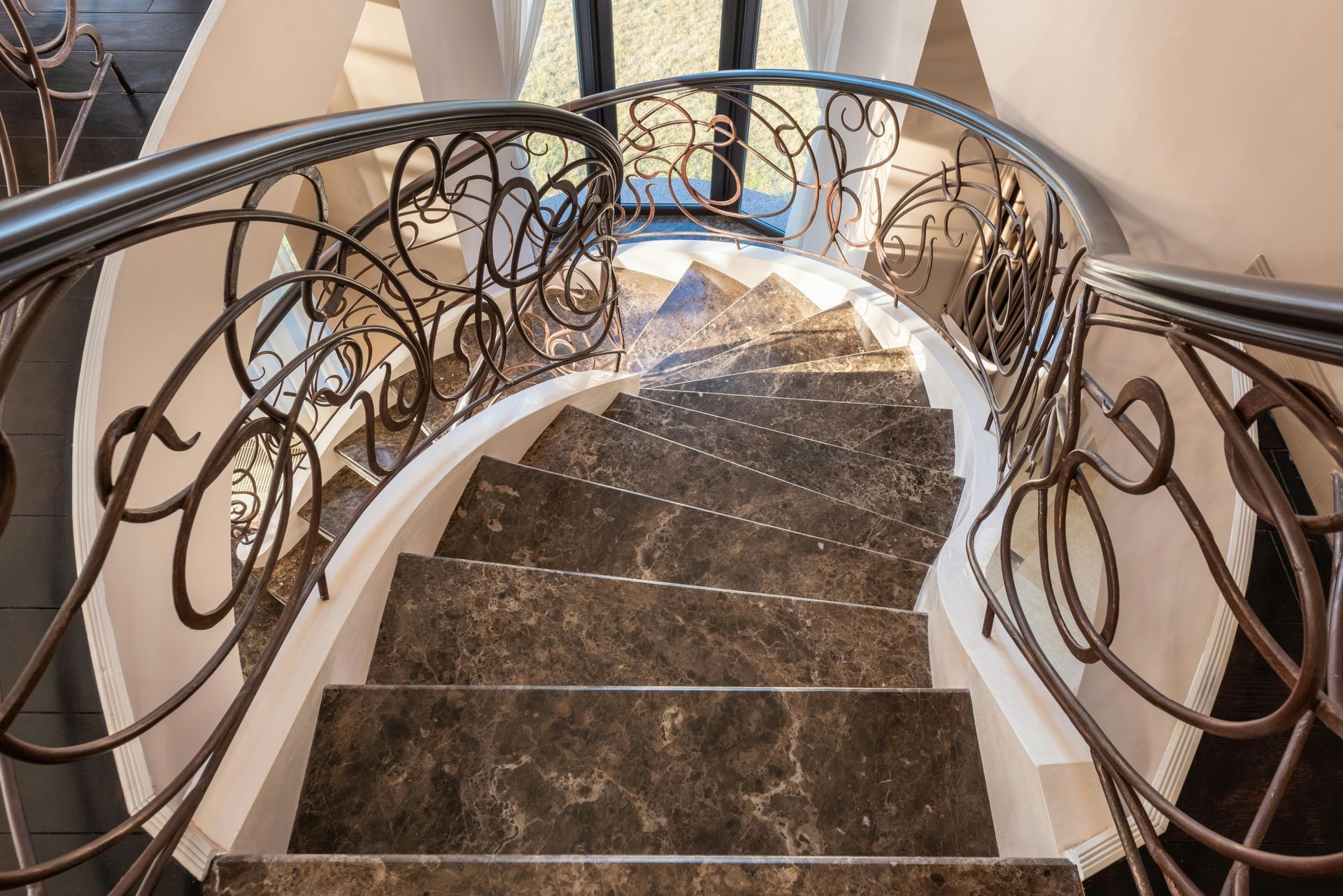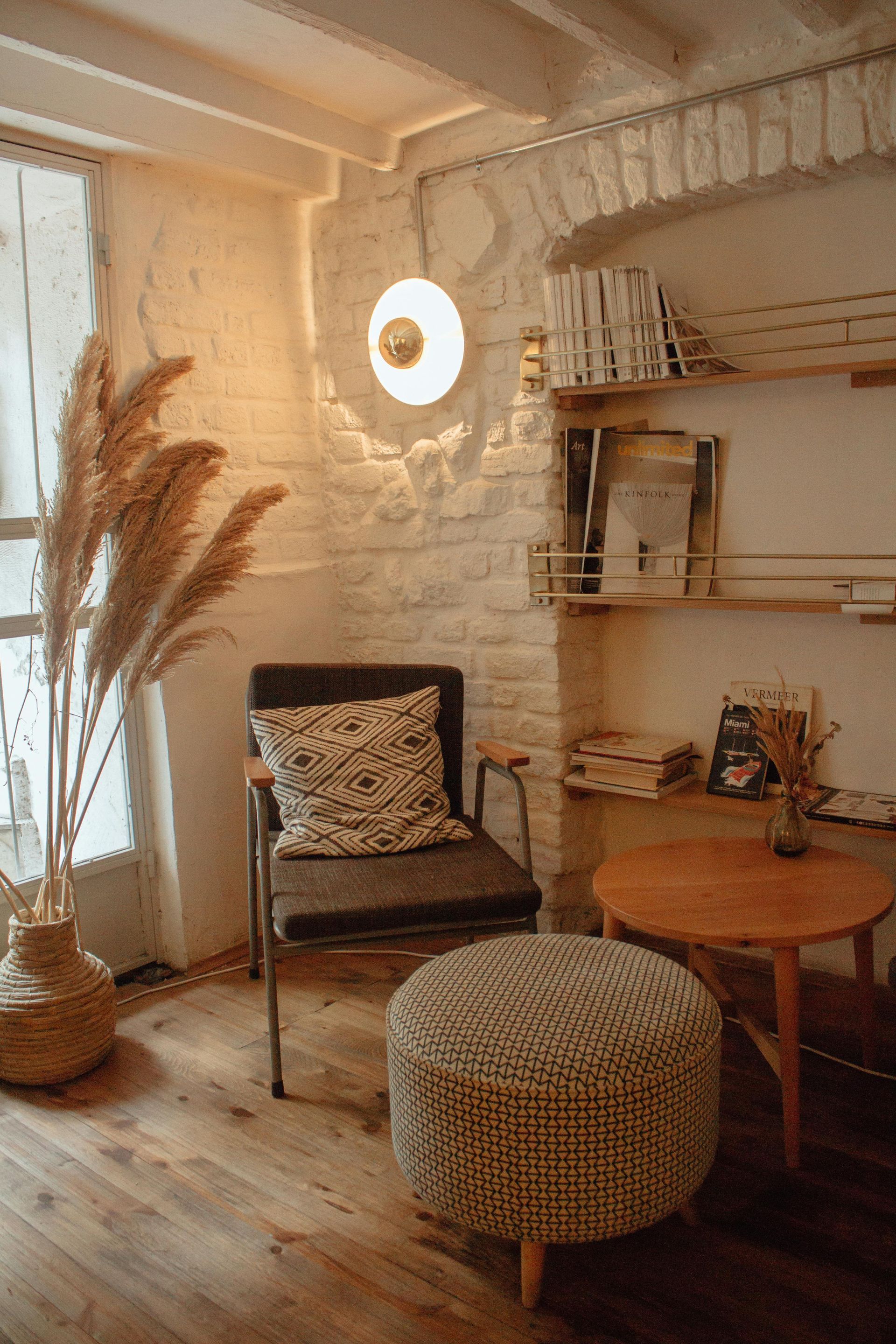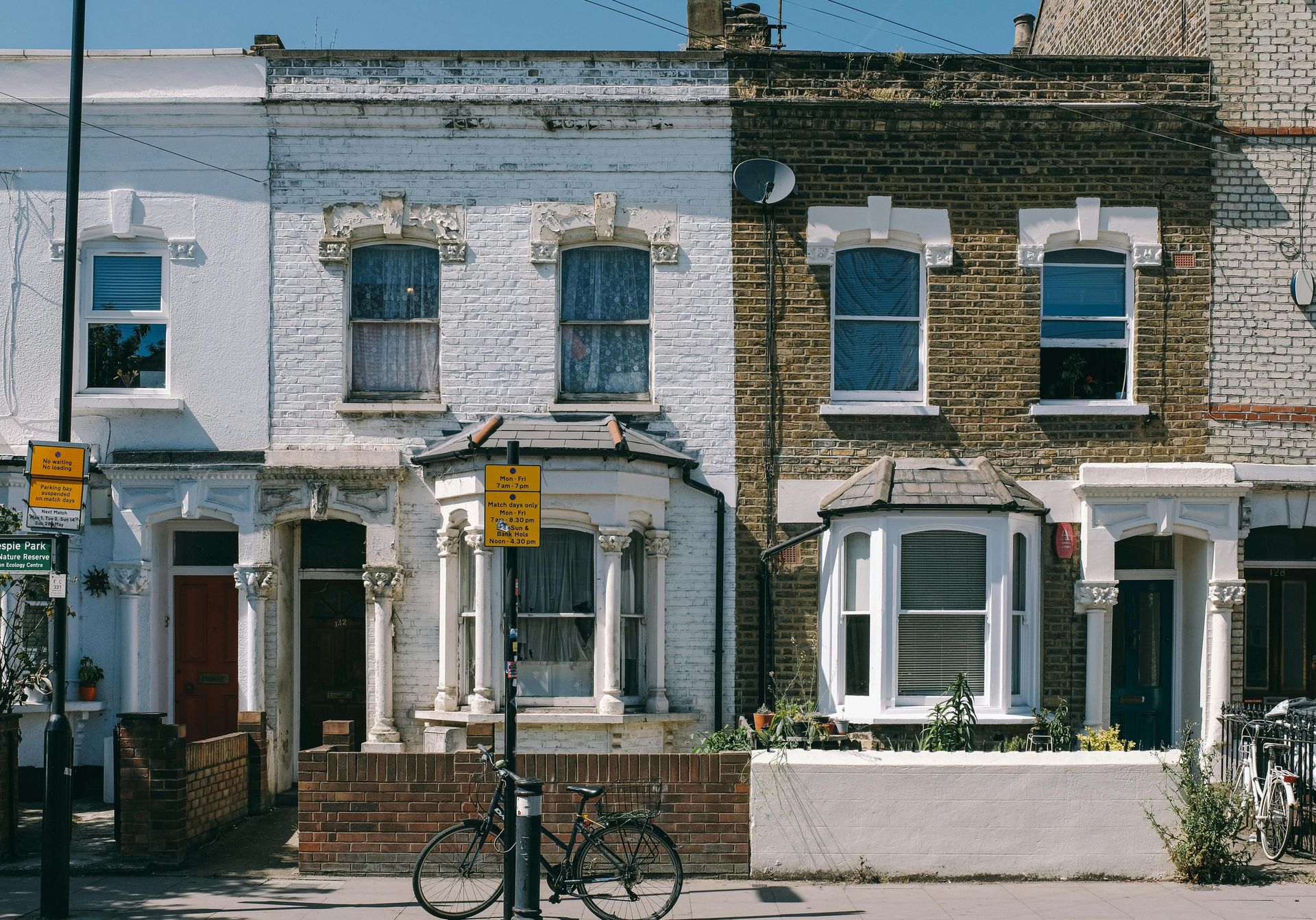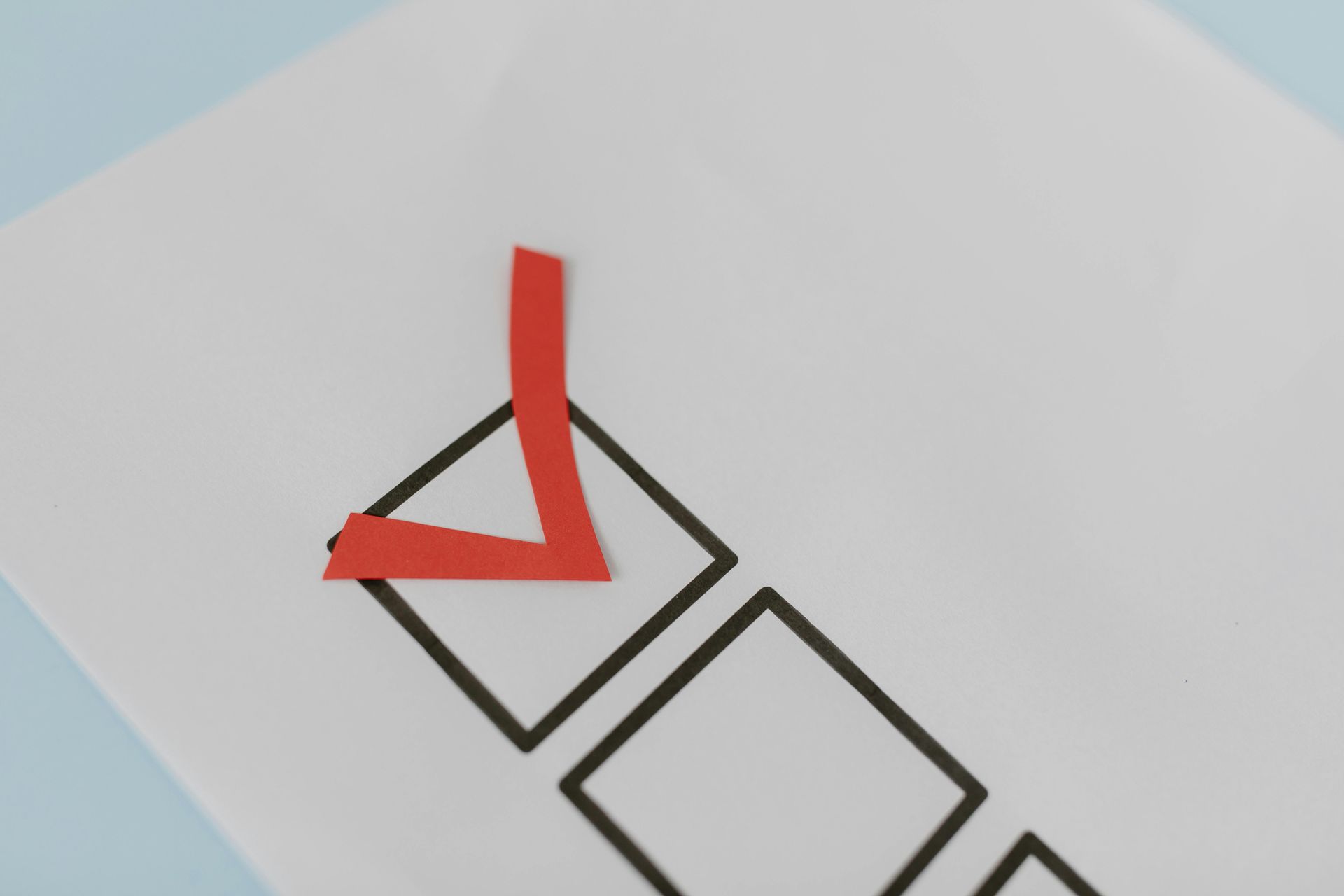Buying a Second Property: Is a Remortgage the Right Move in 2025?
How to Leverage Your Current Home to Finance a Second Property.
Thinking about purchasing a second property in 2025? Whether it’s a holiday home, a buy-to-let investment, or a place for a family member, many homeowners are turning to remortgaging as a way to unlock the funds they need—without selling their current property.
In this guide, we’ll explore how a remortgage works for this purpose, when it makes sense, and what you need to consider before making the move.
Why Remortgage to Buy Another Property?
Remortgaging involves switching your existing mortgage deal—either with your current lender or a new one—to release equity or secure better terms. If your current home has grown in value or your mortgage balance has reduced, you may be sitting on significant untapped equity.
Here’s why remortgaging is often a preferred route:
- ✅ Avoids selling your current home
- ✅ May offer better rates than a second charge or personal loan
- ✅ Can provide a large lump sum for deposits or full purchases
- ✅ You stay in control of your primary residence
How It Works
If you’ve built up equity, you could remortgage for a higher amount and withdraw the difference as a lump sum. For example:
- Current mortgage: £150,000
- Property value: £400,000
- New mortgage: £250,000
- Equity released: £100,000
That £100,000 could be used as a deposit (or more) for your second property.
When It Makes Sense
A remortgage can be a smart move in these situations:
- You're buying a buy-to-let and want capital for the deposit
- You're purchasing a holiday home or second residence
- You're helping a family member onto the property ladder
- Your current deal is coming to an end or has uncompetitive rates
- You want to consolidate other borrowing into one efficient facility
Things to Watch Out For
Before you rush into a remortgage, consider these key points:
- Affordability will be reassessed – your lender will check your income and expenses again
- Early repayment charges (ERCs) may apply if you’re still in a fixed deal
- LTV caps – you’ll usually be able to borrow up to 75–85% of your home’s value
- Rate changes – you might be moving onto a higher or variable rate, so plan accordingly
What About Buy-to-Let?
If you're purchasing a rental property, you can still remortgage your current home to raise the deposit. However, you'll also need a buy-to-let mortgage for the new property, and lenders will assess its rental income and expected yield.
Some lenders offer simultaneous applications to help you move quickly between remortgaging and purchasing the second property.
Alternatives to Remortgaging
If you’re not sure remortgaging is right for you, other options include:
- Further advance: borrowing additional funds from your existing lender
- Second charge mortgage: a separate loan secured against your property
- Bridging finance: short-term lending to fund purchases quickly
Each option has pros and cons. The right choice will depend on your plans, timescales, and current mortgage terms.
Final Thought
In 2025’s market, remortgaging can be a powerful way to access capital for a second property—if used wisely. It's essential to weigh up the cost, flexibility, and risk to your current home before proceeding.
Speaking to an expert broker can help you avoid the common traps—like triggering early repayment charges or choosing the wrong product for your strategy.
📞 Want Help Navigating Today’s Market?
Book a free strategy call with one of our mortgage specialists.
We’ll help you find the smartest way forward—whatever rates do next.
Important: Your home or property may be repossessed if you do not keep up repayments on a mortgage or any other loan secured against it. Think carefully before securing other debts against your home. Some buy-to-let, commercial, and bridging loans are not regulated by the Financial Conduct Authority. Equity release may involve a lifetime mortgage or home reversion plan—ask for a personalised illustration to understand the features and risks. The content of this article is for general information only and does not constitute financial or legal advice. Please seek advice tailored to your individual circumstances before making any decisions.










